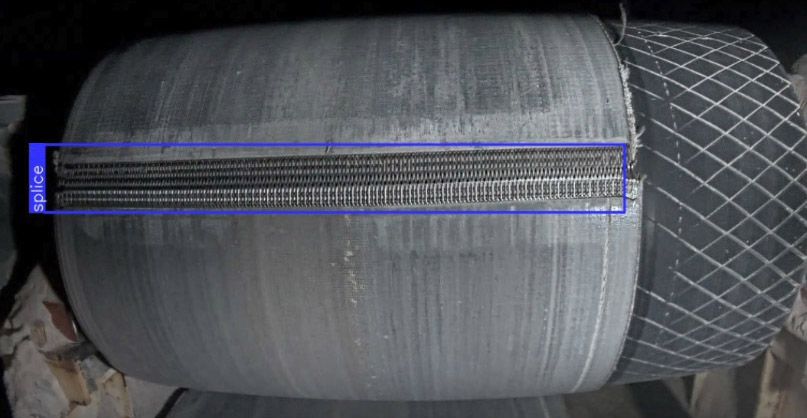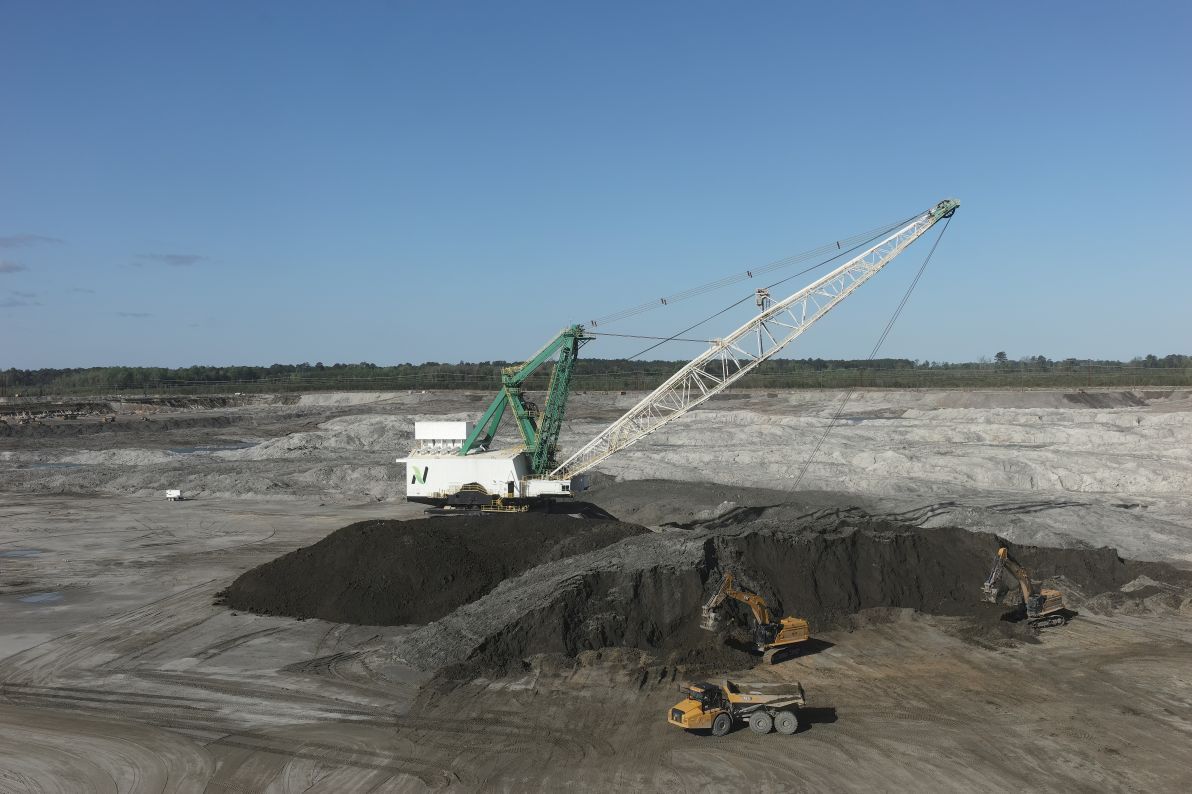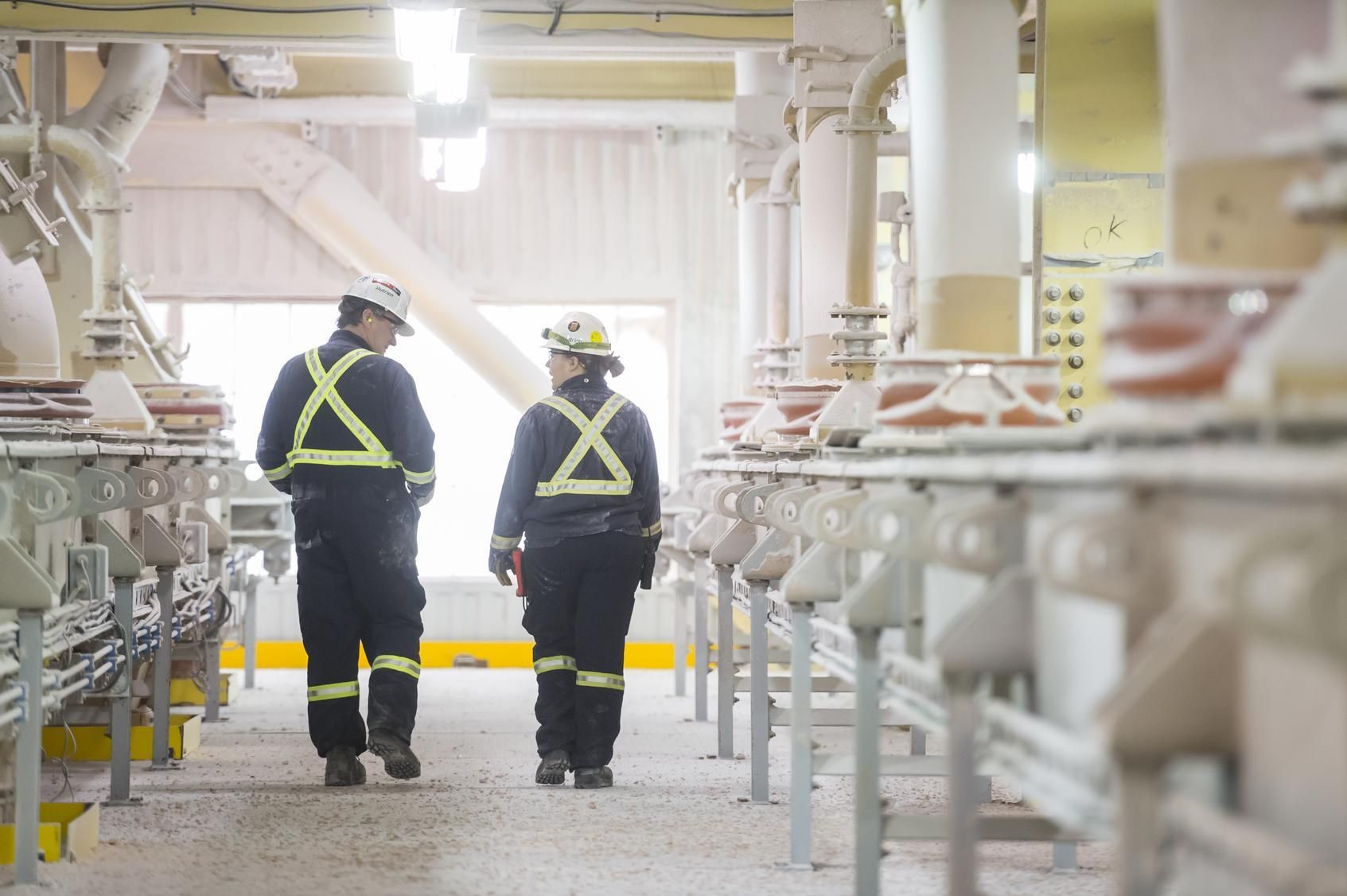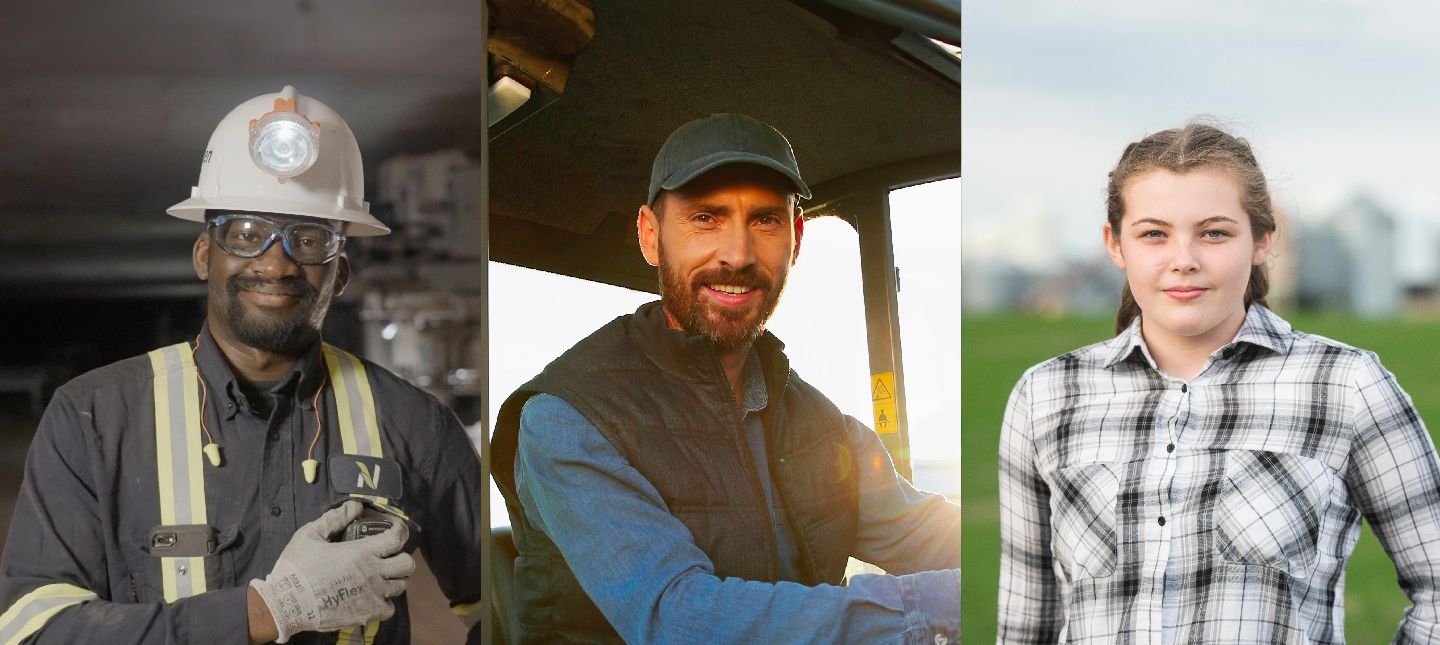BeltVision breakthrough: tech innovation propels Potash transformation
Nutrien teams have developed AI-powered technology that’s helping to ensure reliable production of a nutrient that’s vital to global food security.
At Nutrien, our technology and digital programs are no longer merely enabling functions. They’ve become leading, differentiating, business functions that are core to our overall company strategy. And a great example of what that looks like is BeltVision – a collaboration success story that’s helping us to take our Potash business to the next level.
We’re about four years into our Next Generation Potash Transformation – a multi-year innovation effort to improve safety, efficiency and reliability across our network of six low-cost mines in Saskatchewan, Canada – and we’re making big strides in the journey. We’re evaluating every aspect of our operations in search of opportunities to leverage digital solutions to increase the capability of our world-class potash network.
Splices in the spotlight
Starting at our Rocanville operation – the biggest potash mine in the world – our Potash team identified the mainline conveyor belts as a significant bottleneck and source of downtime. These kilometers of belts bring the ore from our borers to the hoists that bring it to the surface – they’re the arteries of our sites. One significant recurring potential issue with these belts is splice failures. Mechanical splices – a series of clips that look like a zipper – connect two pieces of belt material, and sometimes they fail, resulting in days of downtime and millions of dollars in lost production.

To prevent these failures, we used to do frequent regularly-scheduled shutdowns and bring in contractors to do manual splice inspections – but they were expensive to perform and resulted in increased need to take downtime. So our NextGen Potash team and our tech team were challenged to come up with a better way.
Experts from both teams puts their heads together with their counterparts from Potash Operations. They looked at the tools at their disposal, and together they had a breakthrough and created BeltVision.
Through a combination of existing equipment and customized AI technology, we’ve created a system that monitors and analyzes the splices and spots issues before they happen. As a result, we’re able to significantly reduce our unscheduled downtime for belt maintenance while increasing the quality of our inspections considerably.
Increased reliability improves safety, saves money and increases productivity – and by automating a significant portion of our inspection process, we’re freeing our people to focus on work that machines can’t do.
We’re also working to build on this success, by adapting BeltVision to detect damage to other parts of the belts – not just the splices – and we’re planning to roll out similar technology to some of our Nitrogen and Phosphate facilities later this year, again where business value drives the need for technology.
The power of partnership
“The technology behind BeltVision is impressive, but what I’m most proud of is the collaboration,” says Brent Poohkay, Executive Vice President and Chief Technology Officer. “Our tech teams needed to not only bring technology expertise, but also to learn the ins and outs of a range of complex systems across the mine operation. And I can’t say enough about the innovative spirit, the openness to collaboration and the willingness to try, test and refine on the part of the Potash Operations and NextGen teams.”
This is a true collaboration success story that’s good for our Potash business and Nutrien as a whole, and it’s all driven by our commitment to enable and equip the growers who are feeding the future. It’s an ongoing journey, but we’re dedicated to continuing it with passion, creativity and adaptability – one breakthrough at a time.
Related stories


